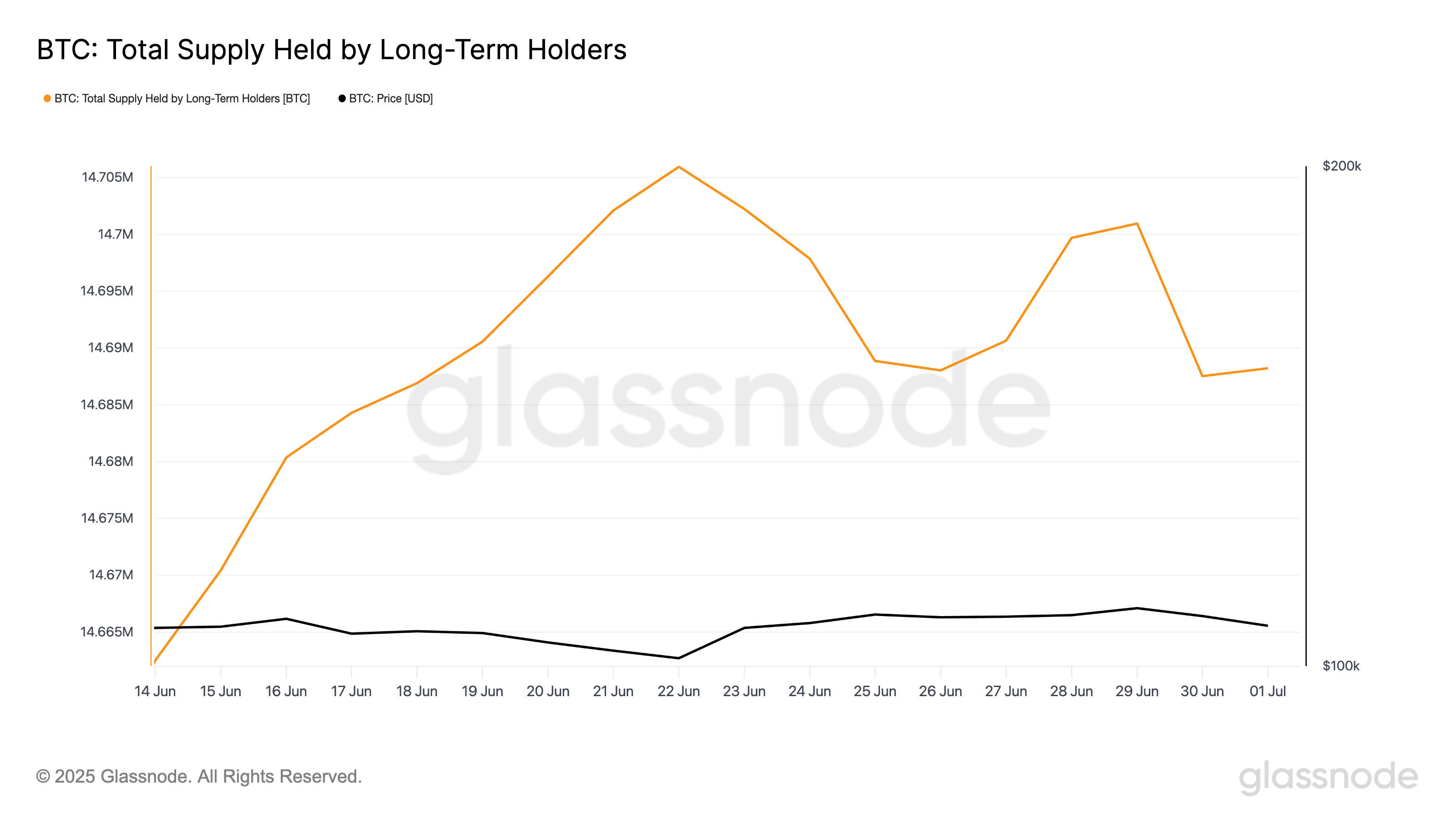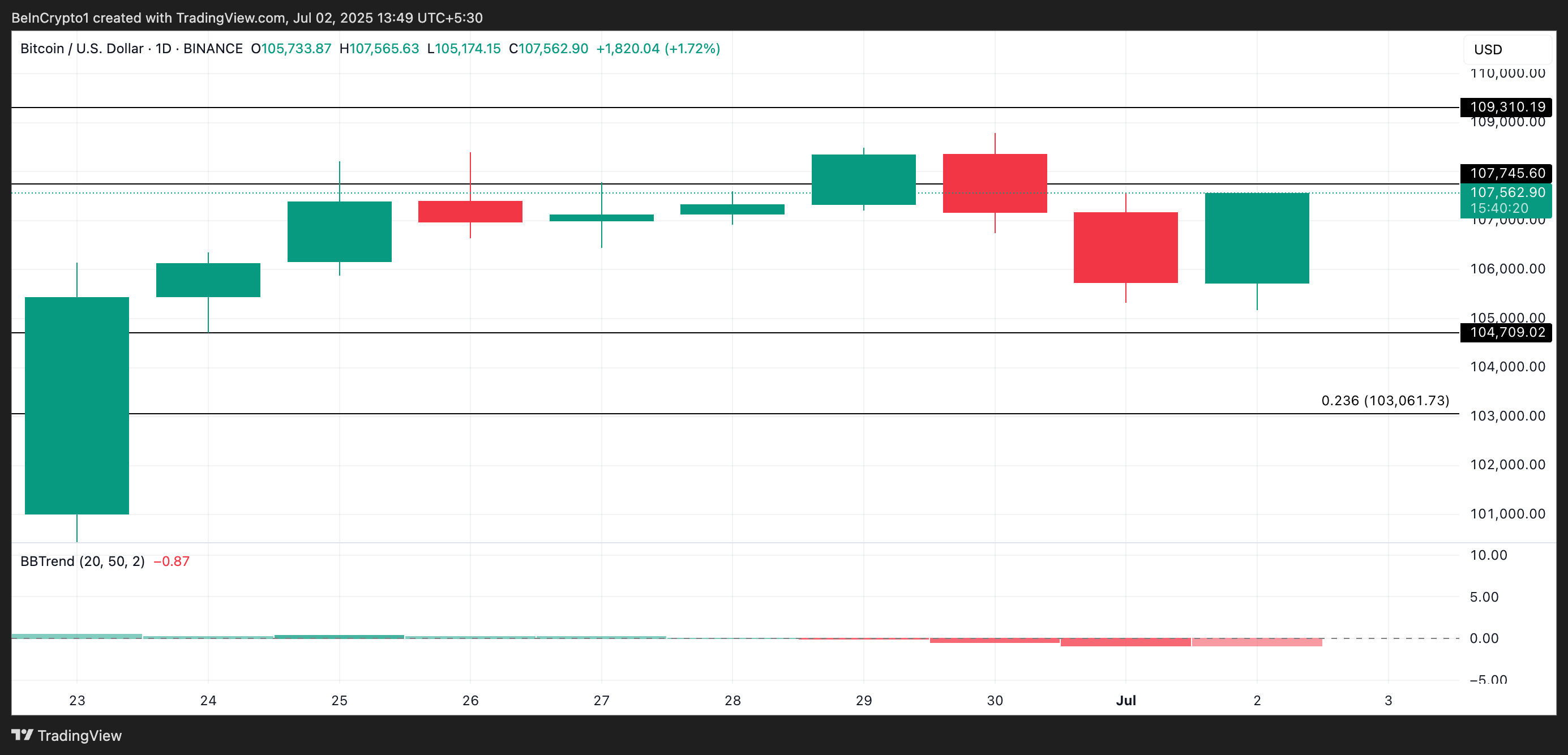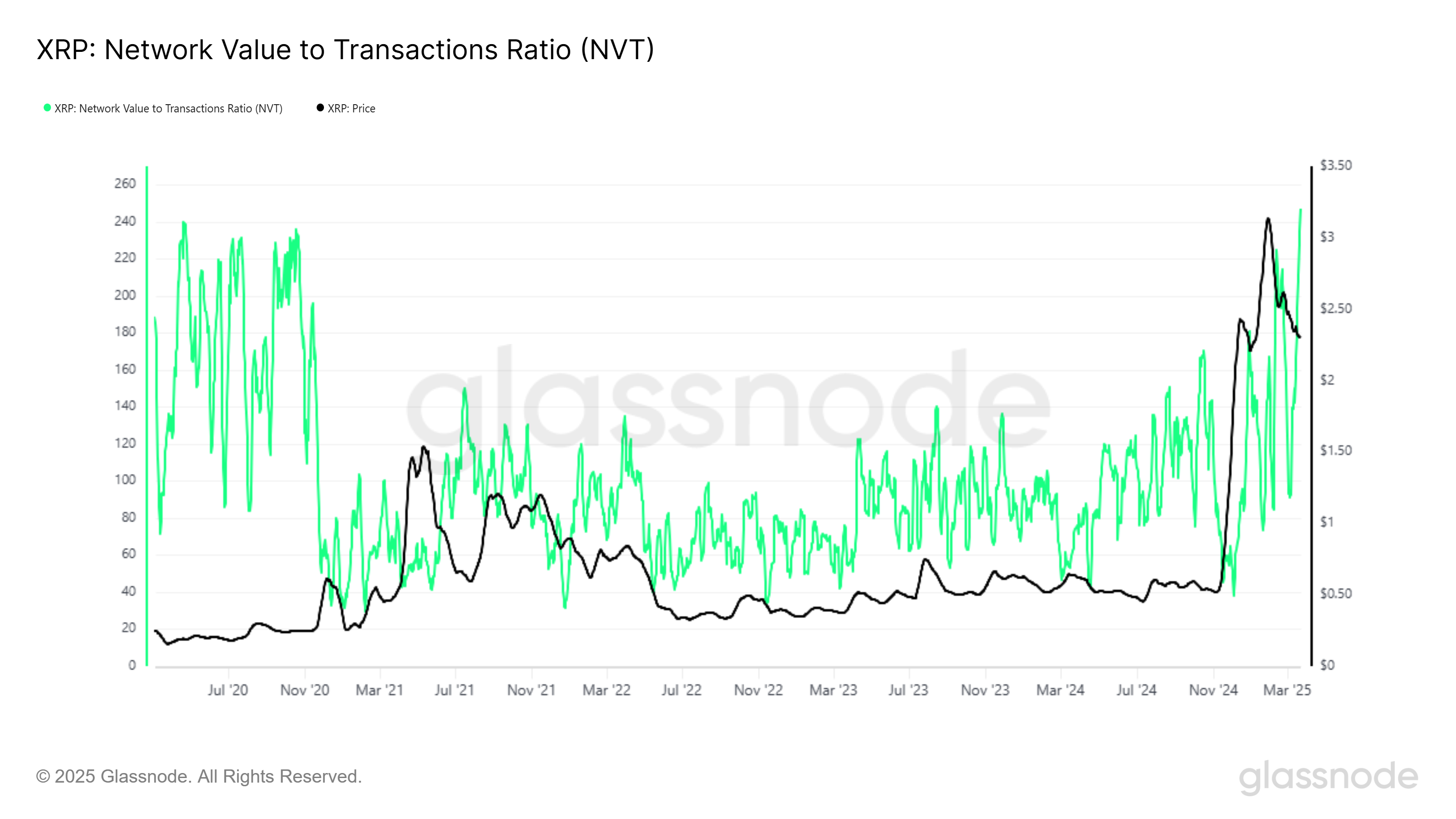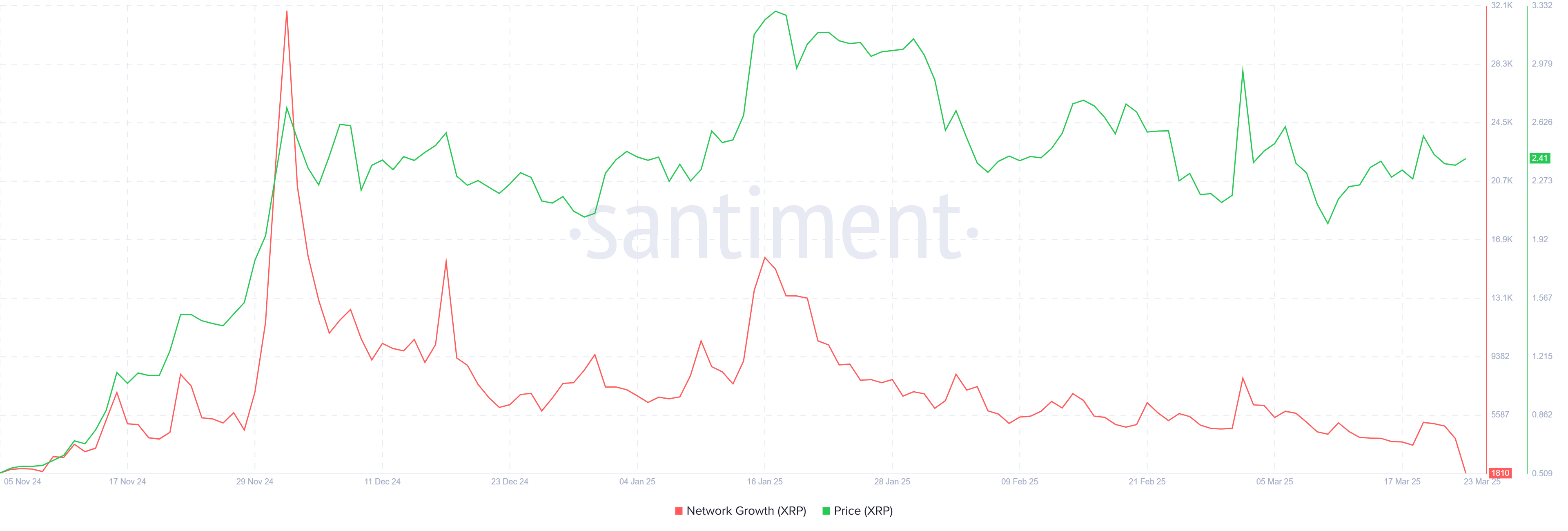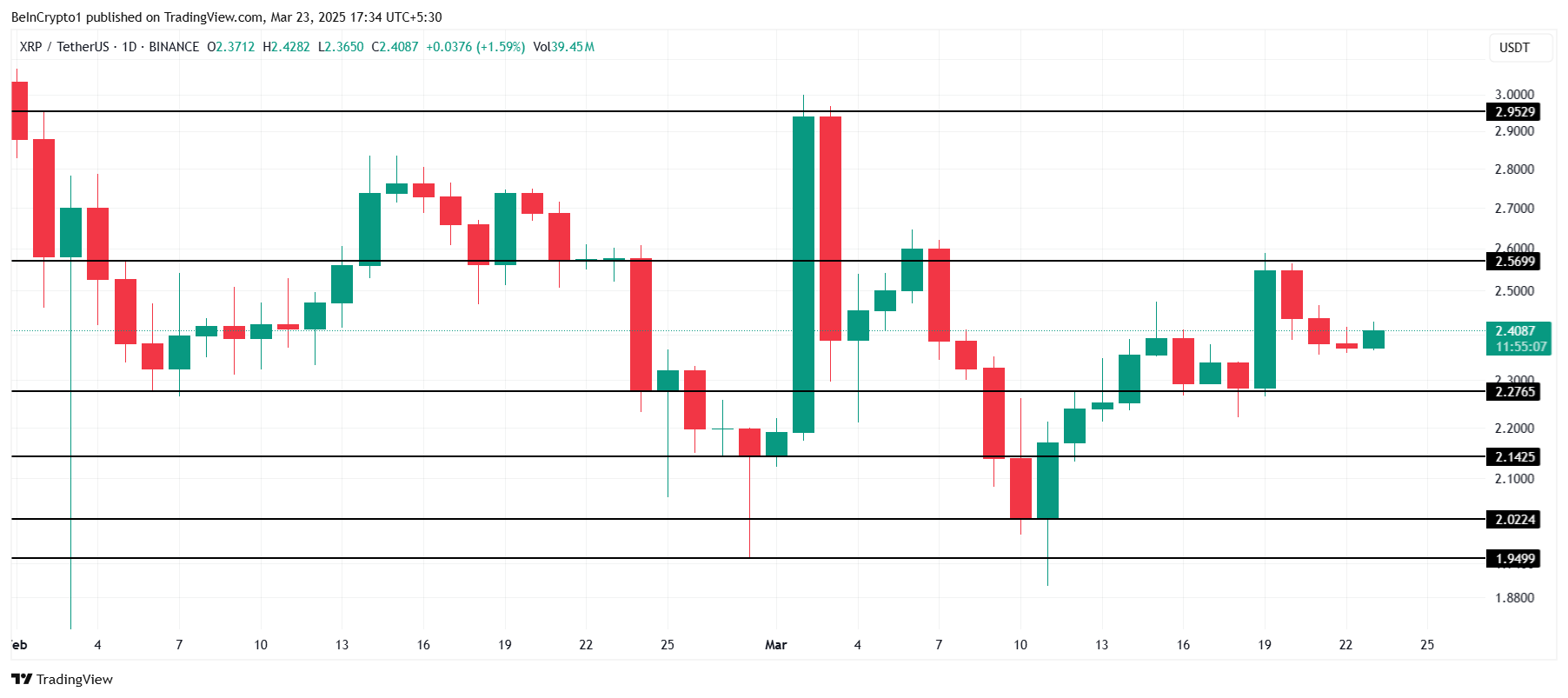Shiba Inu (SHIB) has faced a challenging week, dropping below the critical $0.00002 mark as broader cryptocurrency markets undergo corrections. Despite Bitcoin hovering near $101,000, SHIB has struggled to gain traction, with a 10% decline over the past week signaling waning investor confidence. However, a remarkable 612% surge in Shiba Inu’s burn rate has sparked speculation about its future trajectory.
600% Surge in SHIB Burn Rate: A Game-Changer?
Over 3.2 million SHIB tokens were permanently removed from circulation in the last 24 hours, marking a significant milestone in the token burn campaign. Token burns aim to reduce the circulating supply, potentially driving up the price as demand stabilizes or grows. This development underscores Shiba Inu’s commitment to long-term value creation and has reignited optimism within its loyal community.
The SHIB ecosystem continues to roll out updates and developments, bolstering its position in the meme coin market. Analysts believe this sustained focus on reducing supply, combined with community-driven initiatives, could be a pivotal moment for SHIB in 2025.
Current Market Dynamics and Key Technical Levels
SHIB is currently trading at $0.00001998, with technical indicators pointing to bearish momentum. The Relative Strength Index (RSI) has fallen to 39, indicating weak buying interest. A drop below 30 could signal oversold conditions, potentially triggering a short-term rebound.
On the 4-hour chart, the Moving Average Convergence Divergence (MACD) has shown a bearish crossover, with declining buying pressure reflected in the histogram. Support levels at $0.00001950 and $0.00001500 are critical to watch, as a breakdown below these levels could lead to further losses.
Conversely, a breakout above $0.00002 could pave the way for SHIB to test $0.000025, with $0.00003 as the next major resistance. However, sustained bullish momentum will require stronger technical signals and renewed investor confidence.
Will Shiba Inu Regain Its Momentum?
Despite the bearish sentiment, Shiba Inu’s recent burn rate surge could hint at brighter days ahead. With reduced supply and continued community engagement, SHIB remains a token to watch closely. However, breaking through key resistance levels and overcoming broader market challenges will be crucial for its recovery.
Investors remain cautious, awaiting clear signals of a potential reversal. As the crypto market stabilizes, Shiba Inu’s ability to capitalize on its burn rate momentum will determine its trajectory in the weeks to come.
Disclaimer: The information in this article is for general purposes only and does not constitute financial advice. The author’s views are personal and may not reflect the views of FXRift. Before making any investment decisions, you should always conduct your own research. FX RIFT is not responsible for any financial losses.




